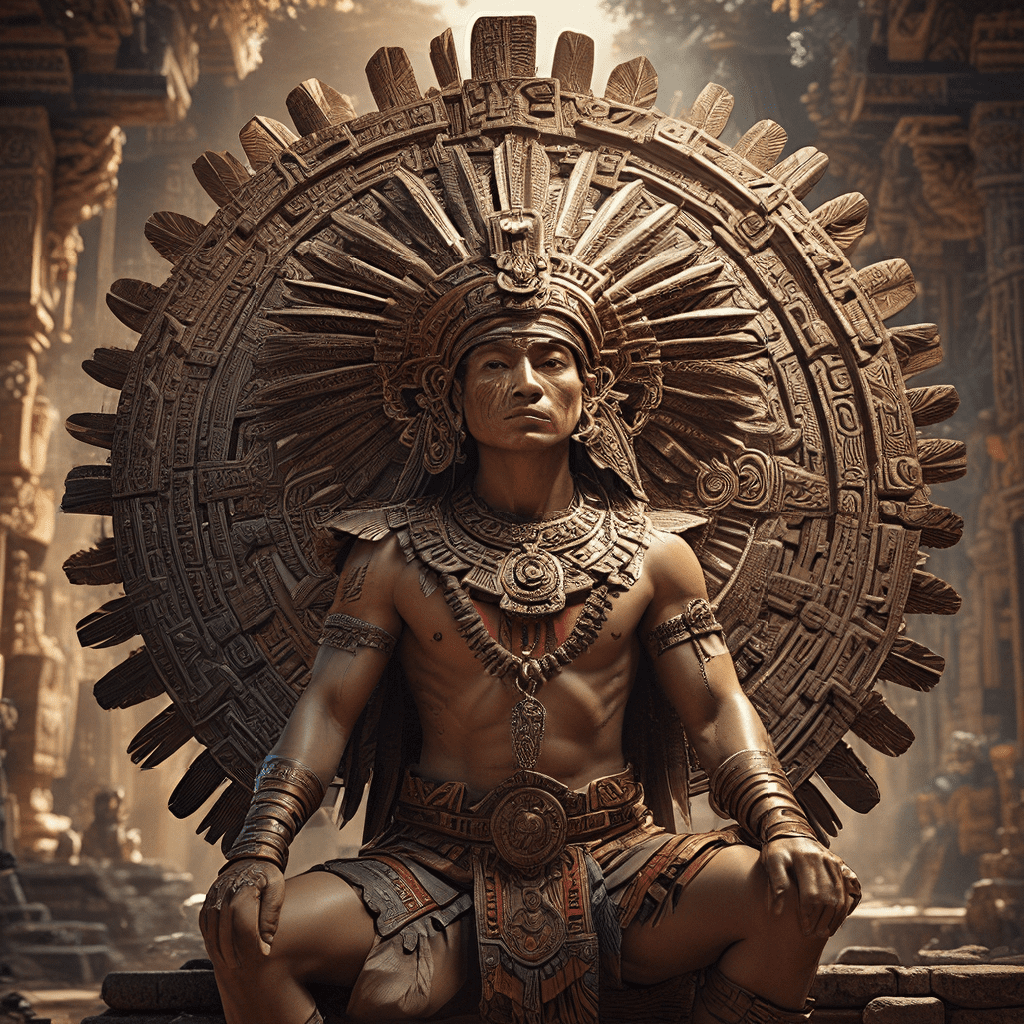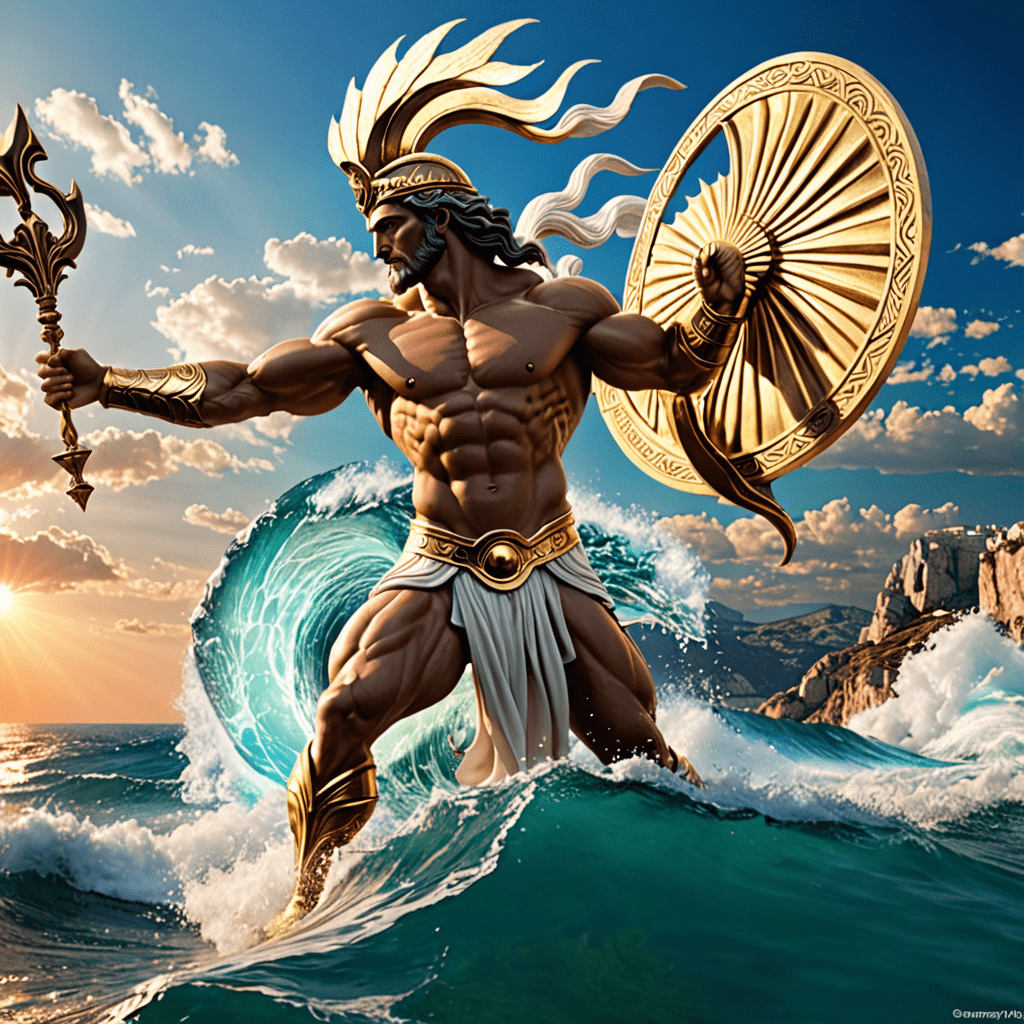The Moral Lessons of Mythological Creatures: What Can We Learn?
Introduction to Mythological Creatures
Mythological creatures have captivated humanity’s imagination for centuries. These beings, often born from the folklore of various cultures, serve as powerful symbols that reflect human experiences, emotions, and moral dilemmas. Defined as entities that embody the myths of a culture, mythological creatures range from benevolent beings like fairies to fearsome monsters like dragons. Their significance lies not just in their fantastical attributes but also in their ability to impart valuable moral lessons that resonate across generations.
The Origins of Mythological Creatures
The origins of mythological creatures are deeply rooted in the historical and cultural narratives of societies. Each creature often emerges from the worldview, societal values, and collective experiences of the people who tell their stories. For example, the Egyptian Sphinx, with its riddles and guardianship, reflects the ancient Egyptians’ reverence for wisdom and knowledge. Similarly, the fearsome Minotaur of Greek mythology symbolizes the consequences of unchecked desires and the chaos that can ensue from them.
These creatures not only entertain but also convey moral lessons that reflect the beliefs and values of the societies that created them. They serve as cautionary tales, heroes’ companions, or embodiments of nature’s fury, offering insights into the human condition and societal ethics.
The Hero’s Journey: Lessons from Legendary Beasts
In many mythologies, heroes encounter legendary beasts that challenge their courage and strength. These encounters are pivotal in the hero’s journey, serving as rites of passage that teach resilience and bravery. For instance, the Greek hero Perseus faces the Gorgon Medusa, a creature whose gaze turns men to stone. By confronting and defeating Medusa, Perseus not only proves his valor but also learns the importance of strategy, courage, and the value of assistance from others—like the gifts from the gods.
- Heroes often gain vital lessons from their interactions with creatures, such as:
- The importance of humility when facing greater powers.
- The necessity of wisdom and knowledge in overcoming challenges.
- The value of teamwork and alliances in achieving goals.
Cautionary Tales: The Consequences of Hubris
Many mythological creatures serve as embodiments of hubris—the excessive pride that often leads to downfall. The tale of Icarus, for example, illustrates the dangers of overambition. Icarus, who flies too close to the sun despite warnings, ultimately falls to his demise when his wax wings melt. This story serves as a potent reminder of the need for self-awareness and humility.
Similarly, the Minotaur, residing in the labyrinth, represents the chaotic results of unchecked desires and the consequences of one’s actions. In these tales, the moral lessons emphasize the importance of recognizing one’s limitations and understanding that pride can lead to one’s undoing.
The Duality of Nature: Monsters as Symbols of Inner Conflict
Mythological creatures often symbolize the internal struggles faced by individuals. Beings like werewolves and vampires embody the human struggle with desires, fears, and the darker aspects of the psyche. Werewolves, for instance, represent the duality of human nature—the battle between civilization and primal instincts. They teach us about the importance of self-control and the consequences of succumbing to our darker impulses.
Vampires, on the other hand, can symbolize eternal life and the burdens that come with it, reflecting themes of isolation, desire, and morality. These creatures prompt introspection about our own inner conflicts and the continuous battle between our better and worse selves.
The Guardians of Wisdom: Creatures as Protectors
While many mythological creatures are feared, others serve as protectors and guides. Beings like griffins and phoenixes often symbolize wisdom, protection, and the cyclical nature of life. Griffins, with their lion and eagle features, represent the union of strength and wisdom. They often guard treasures or sacred knowledge, teaching us about the importance of guidance and mentorship in our lives.
The phoenix, which rises from its ashes, symbolizes rebirth and renewal. Its story imparts valuable lessons about resilience, hope, and the importance of wisdom gained through experience. These creatures remind us that guidance and mentorship can lead to personal growth and transformation.
Transformation and Redemption: The Power of Change
Transformation is a recurring theme in many myths, with creatures often undergoing significant changes that reflect moral lessons. In Ovid’s tales, characters may be transformed into creatures as a result of their actions or choices, serving as a metaphor for personal growth and redemption. These transformations often emphasize the possibility of change and the importance of forgiveness—both of oneself and of others.
- Key lessons from these transformations include:
- The potential for personal growth through adversity.
- The importance of embracing change as a part of life.
- The power of redemption and the ability to start anew.
Nature and Balance: The Ecosystem of Mythological Creatures
Many mythological creatures symbolize the delicate balance of nature and the interconnectedness of all life. Dryads, for instance, represent the spirits of trees and emphasize the importance of nature and its preservation. The kraken, a legendary sea monster, serves as a reminder of the power of the ocean and the need for respect towards natural forces.
These creatures teach us about environmental ethics and the significance of maintaining balance in our ecosystems. They remind us that every action has consequences and that humanity must strive to live in harmony with nature.
Modern Interpretations: Mythological Creatures in Contemporary Culture
In contemporary culture, mythological creatures continue to thrive in literature, film, and media. The reinterpretation of these beings often reflects modern societal issues and moral dilemmas. For instance, movies like “Harry Potter” have introduced a new generation to creatures like hippogriffs and house-elves, each embodying themes of loyalty, friendship, and courage.
These modern interpretations keep the moral lessons of these creatures relevant, allowing them to resonate with today’s audiences. They remind us that the stories of the past still hold valuable insights for our present and future.
Conclusion: Synthesizing Lessons from Mythological Creatures
Mythological creatures offer a rich tapestry of moral lessons that can guide us in our lives. From the bravery required to face our challenges to the humility needed to recognize our limitations, these beings teach us invaluable lessons about the human experience. They remind us of the importance of self-control, the power of transformation, and the necessity of living in harmony with nature.
As we navigate the complexities of modern life, the enduring impact of mythology serves as a beacon of wisdom, illuminating the path towards ethical understanding and personal growth.




